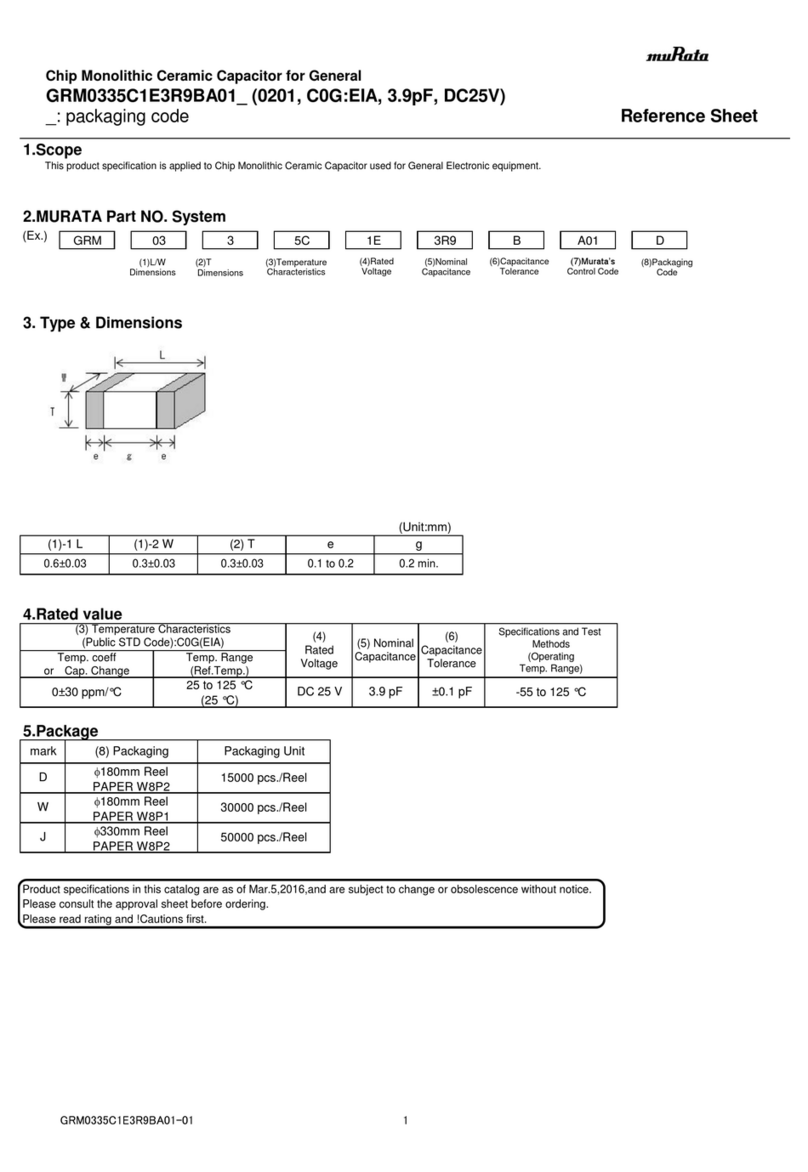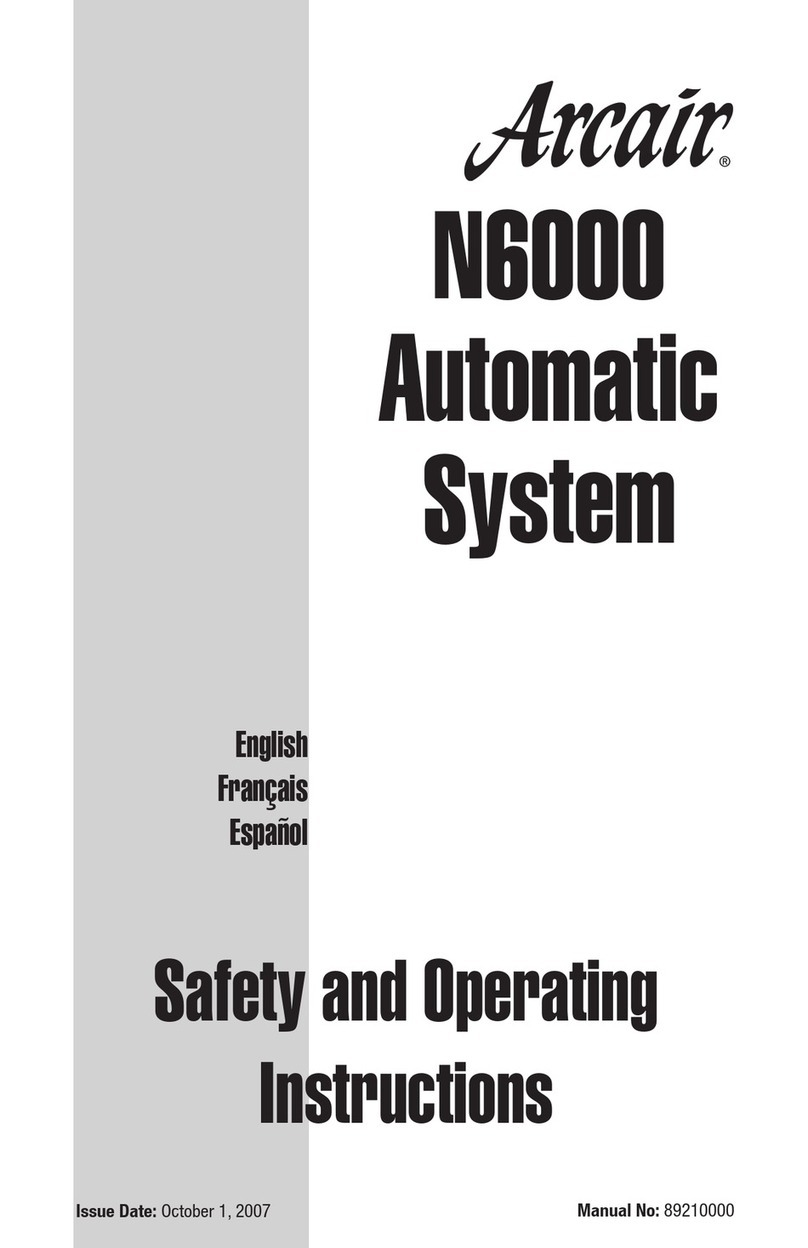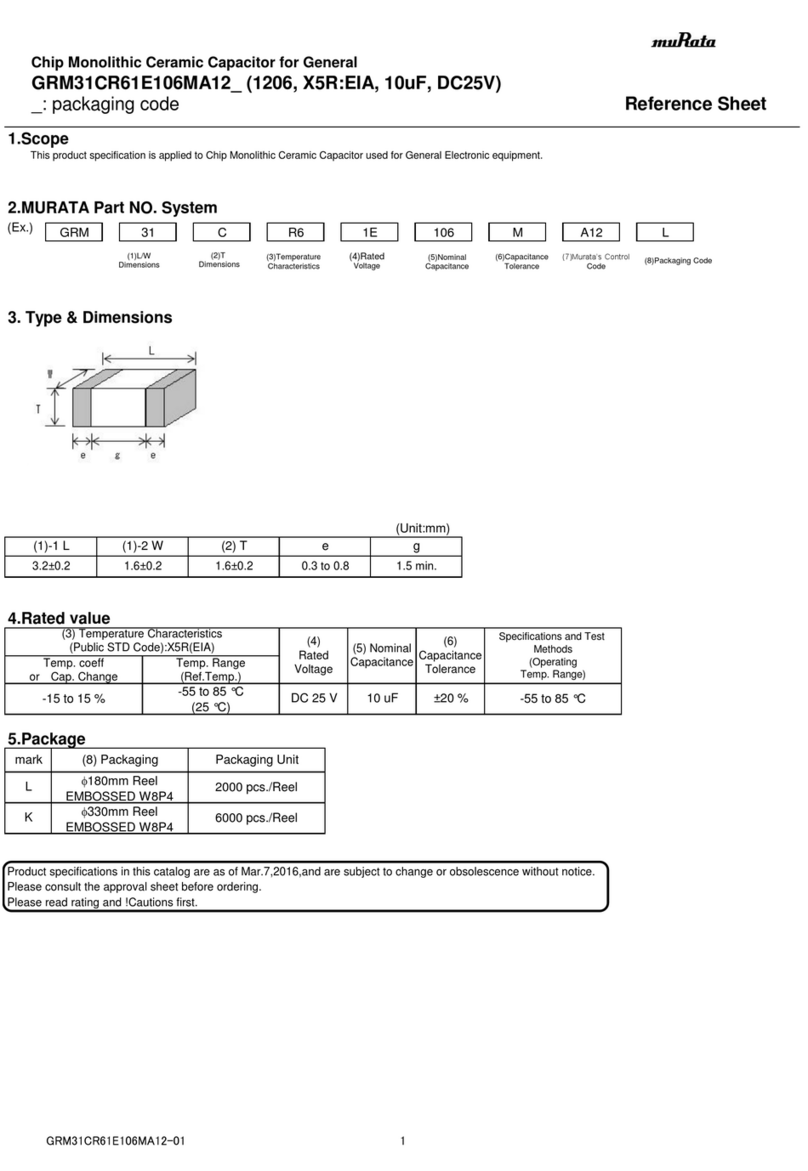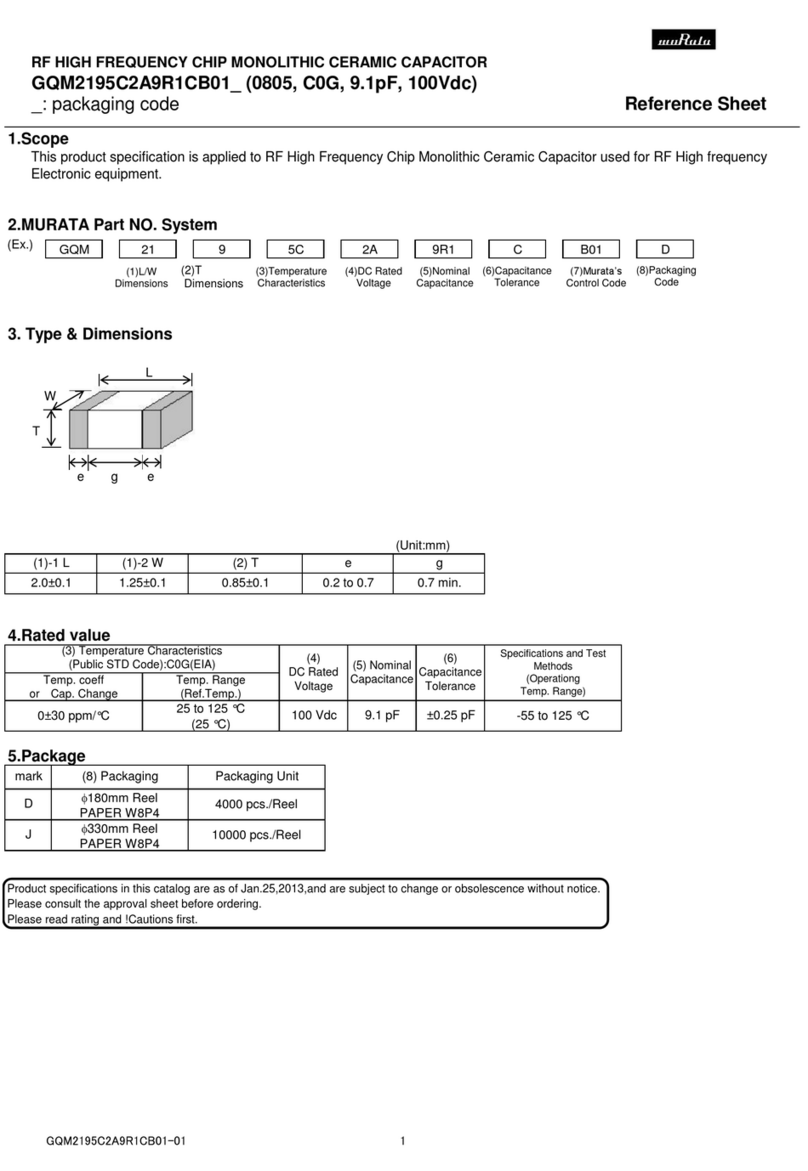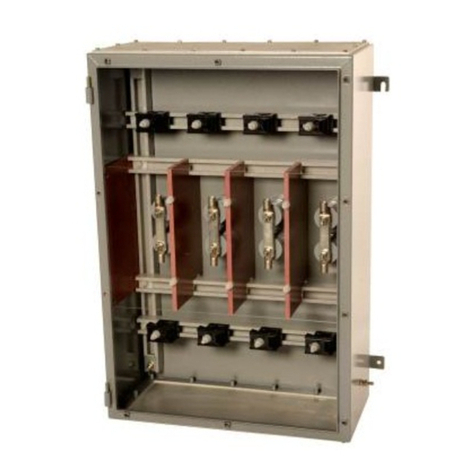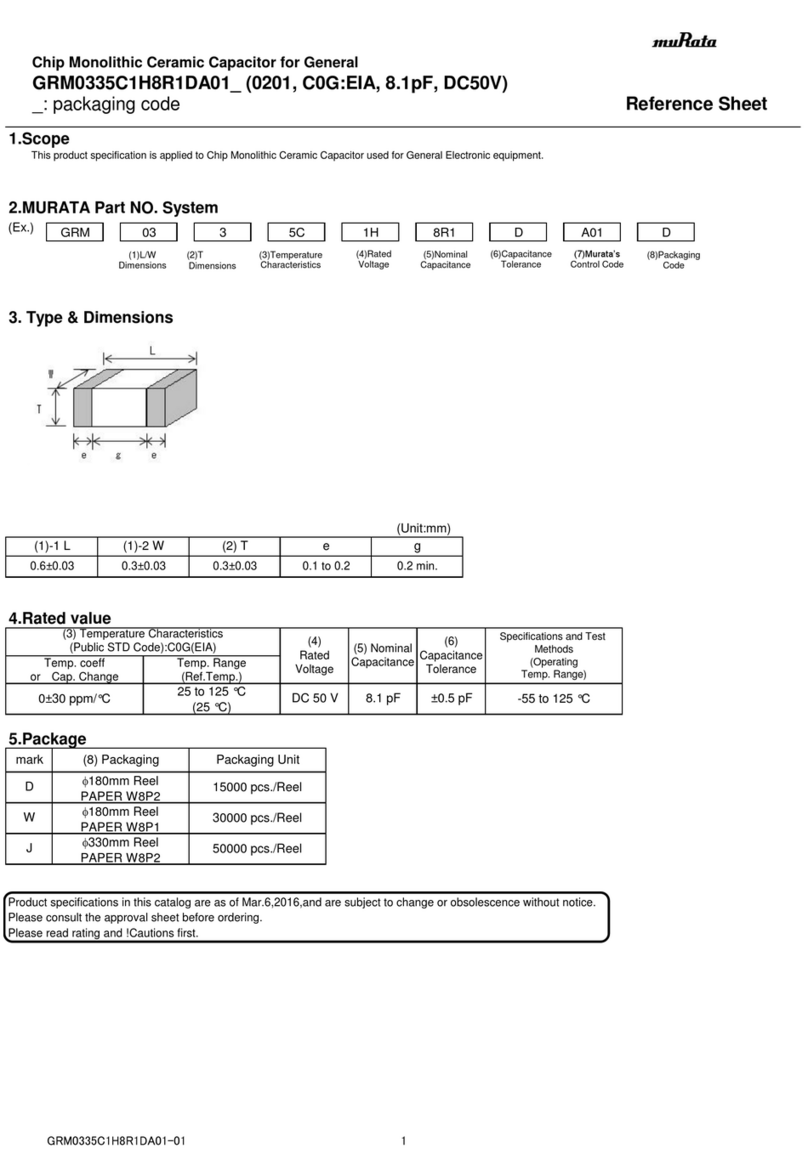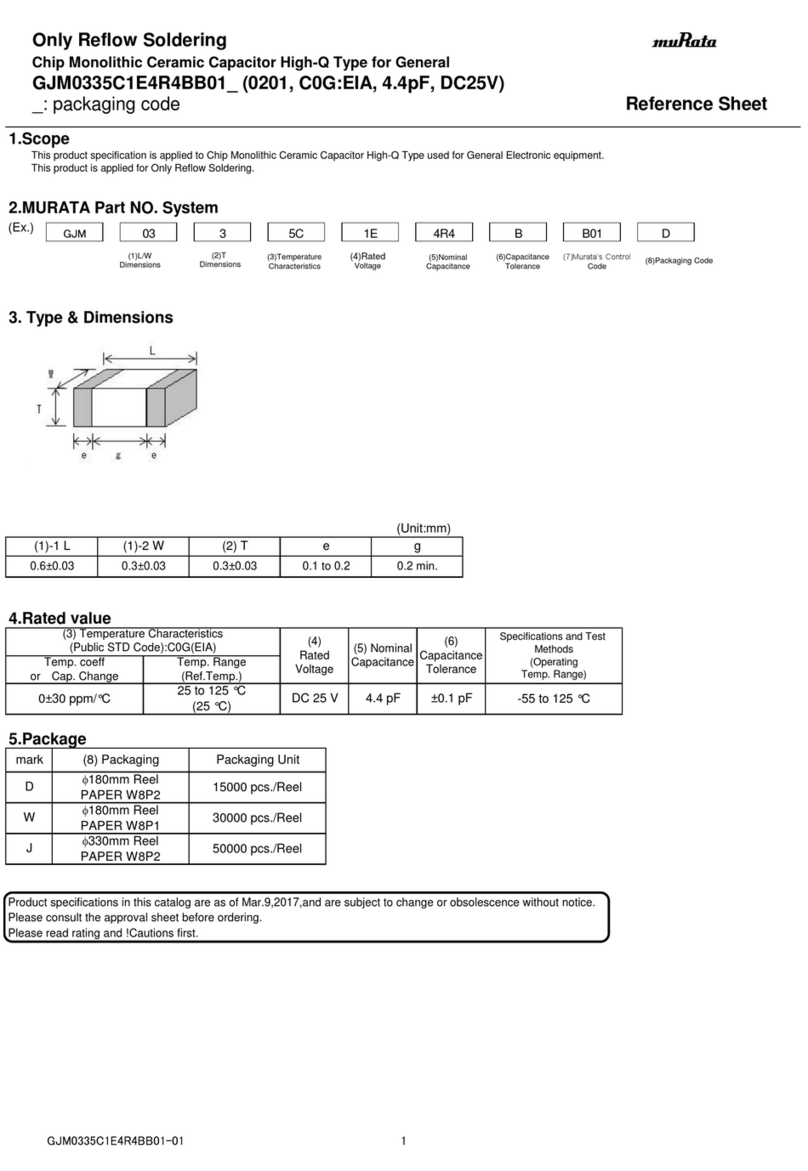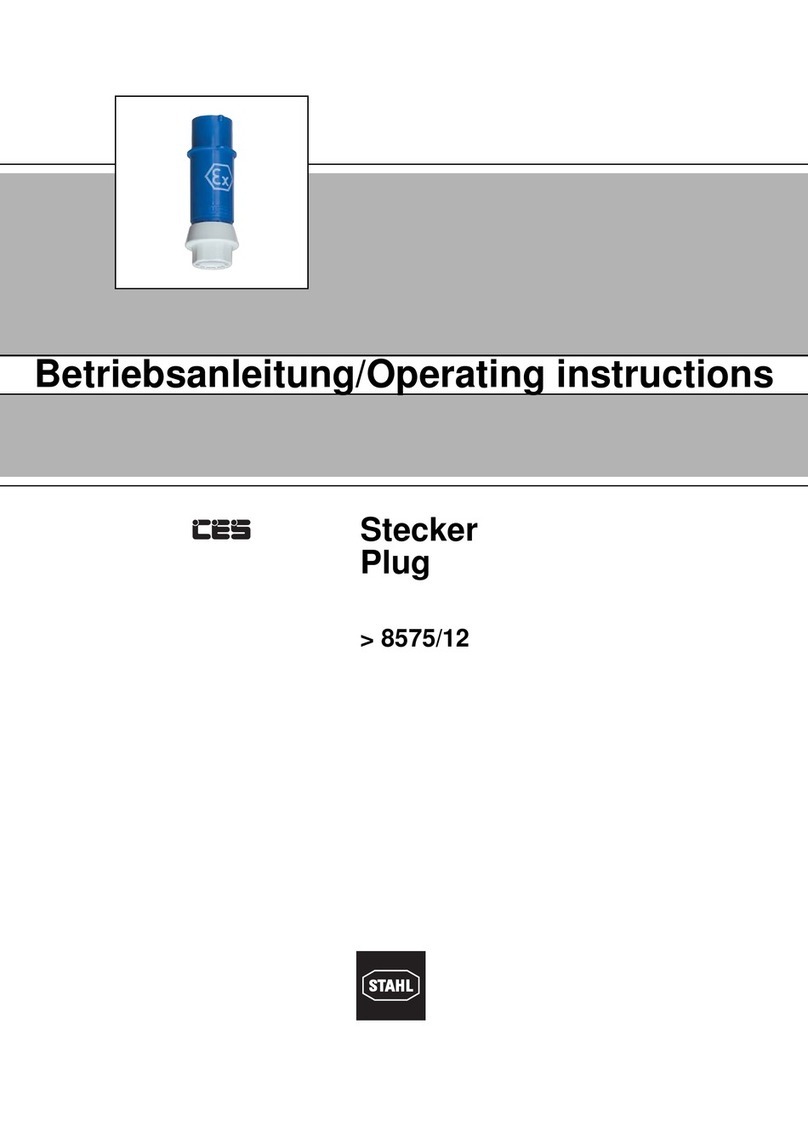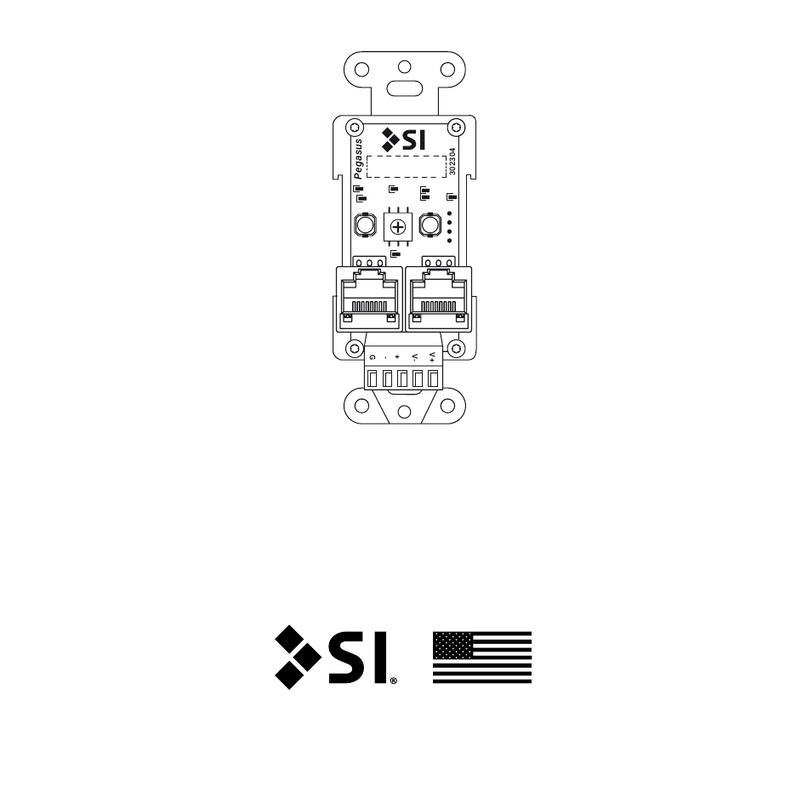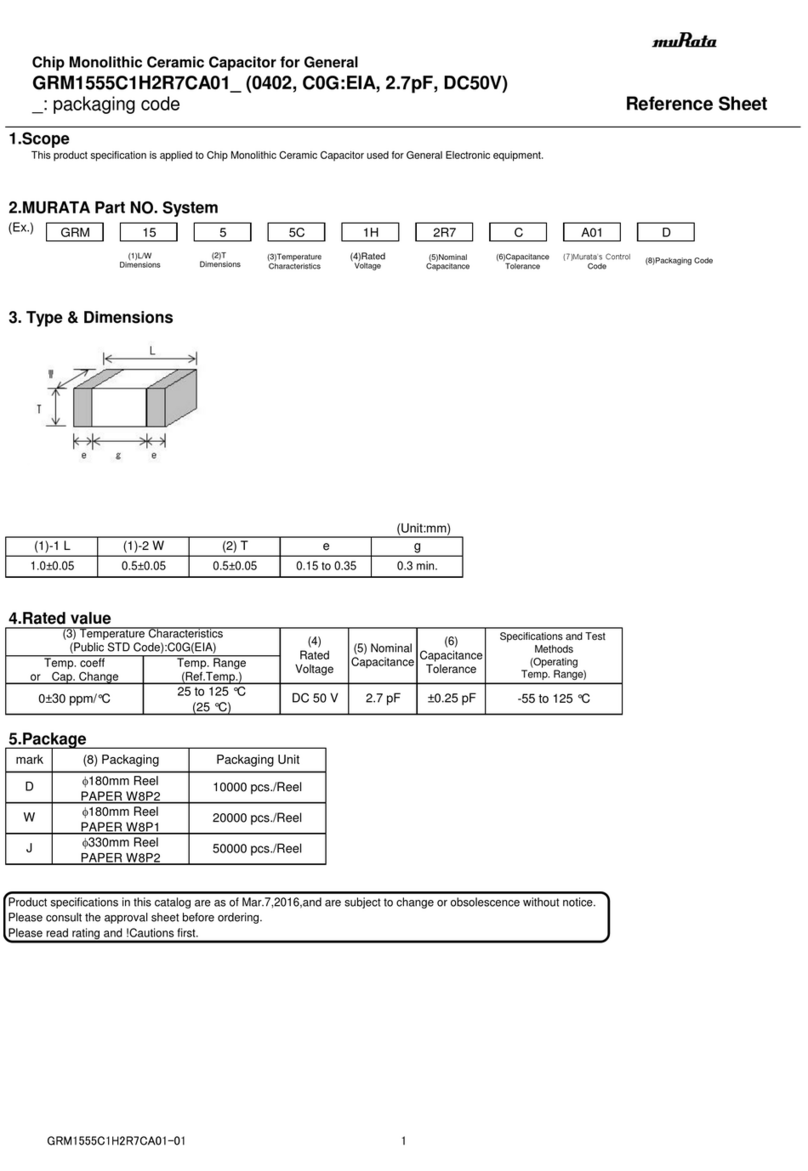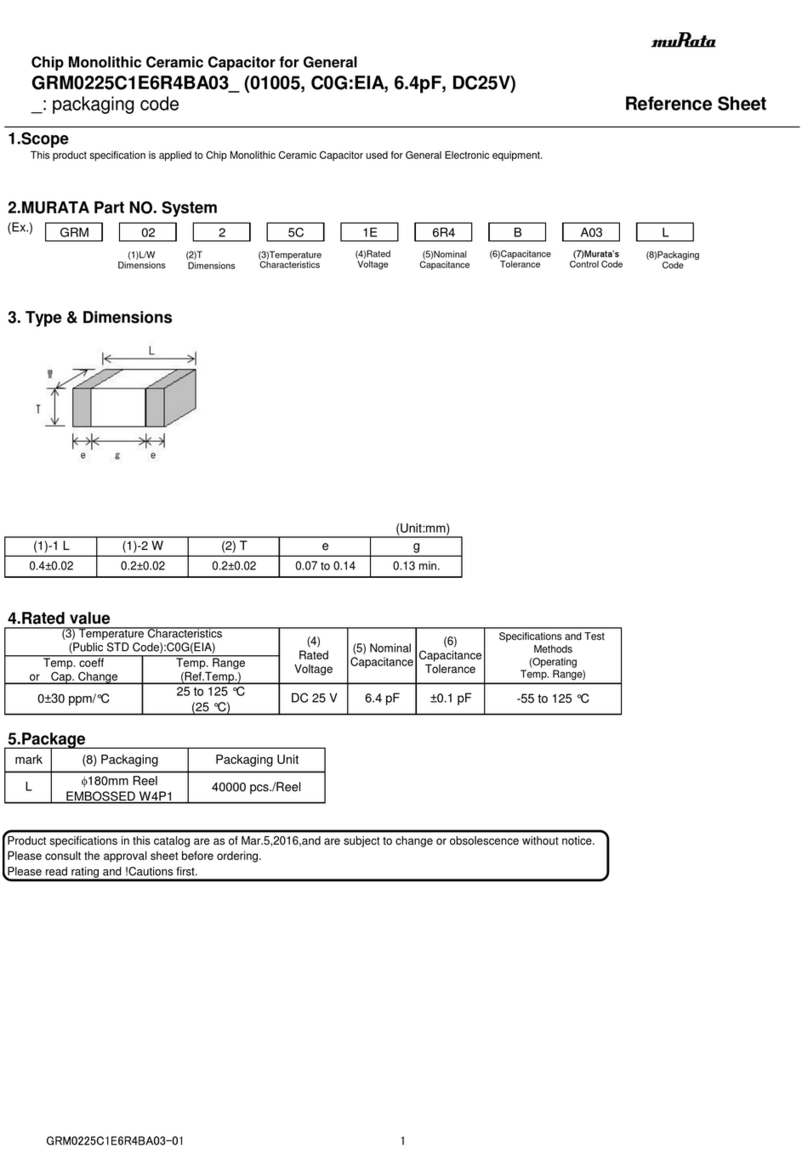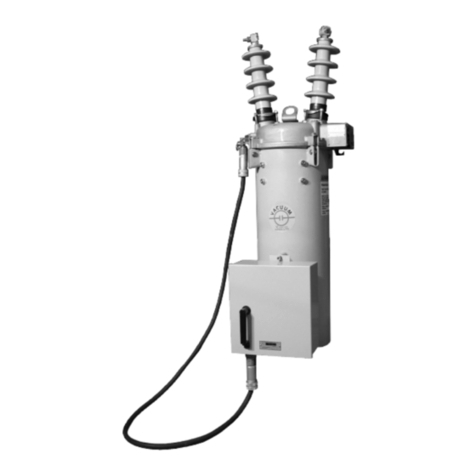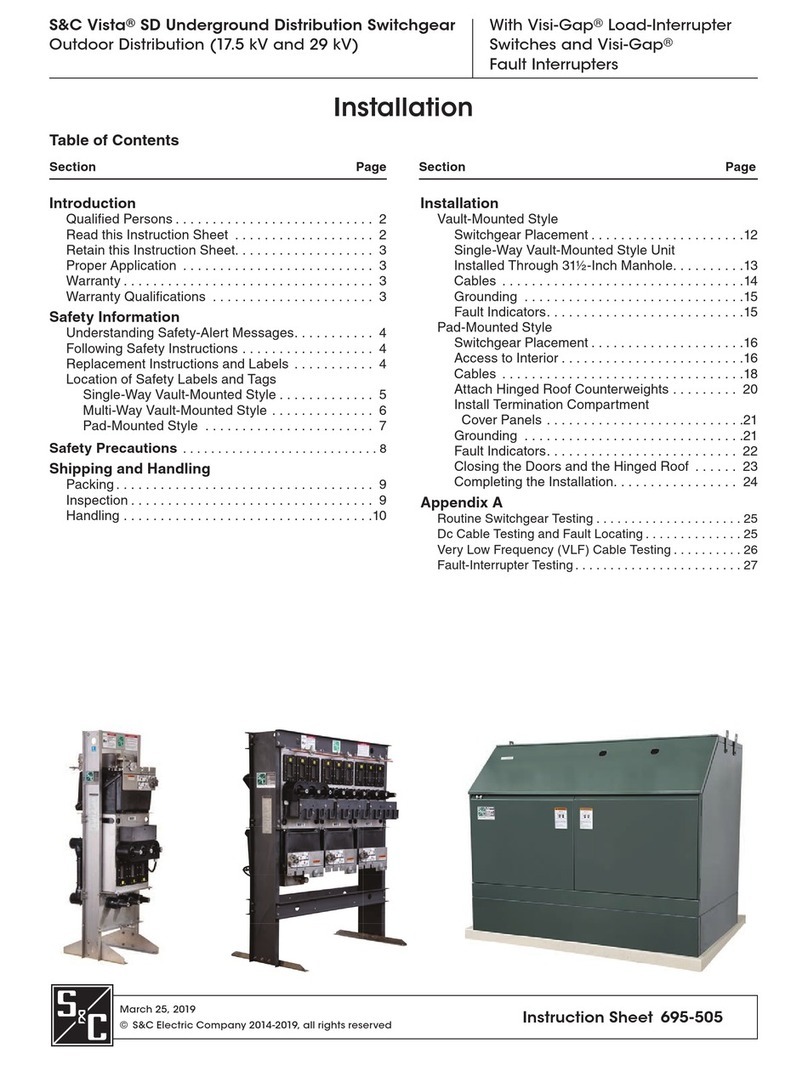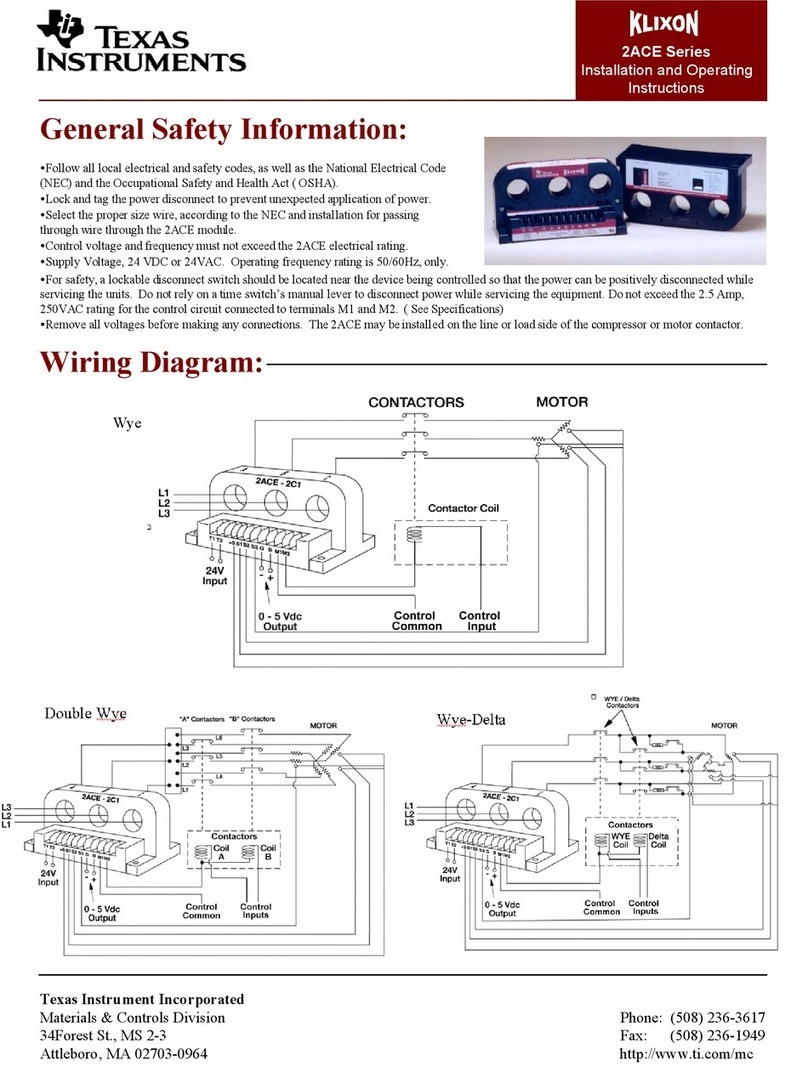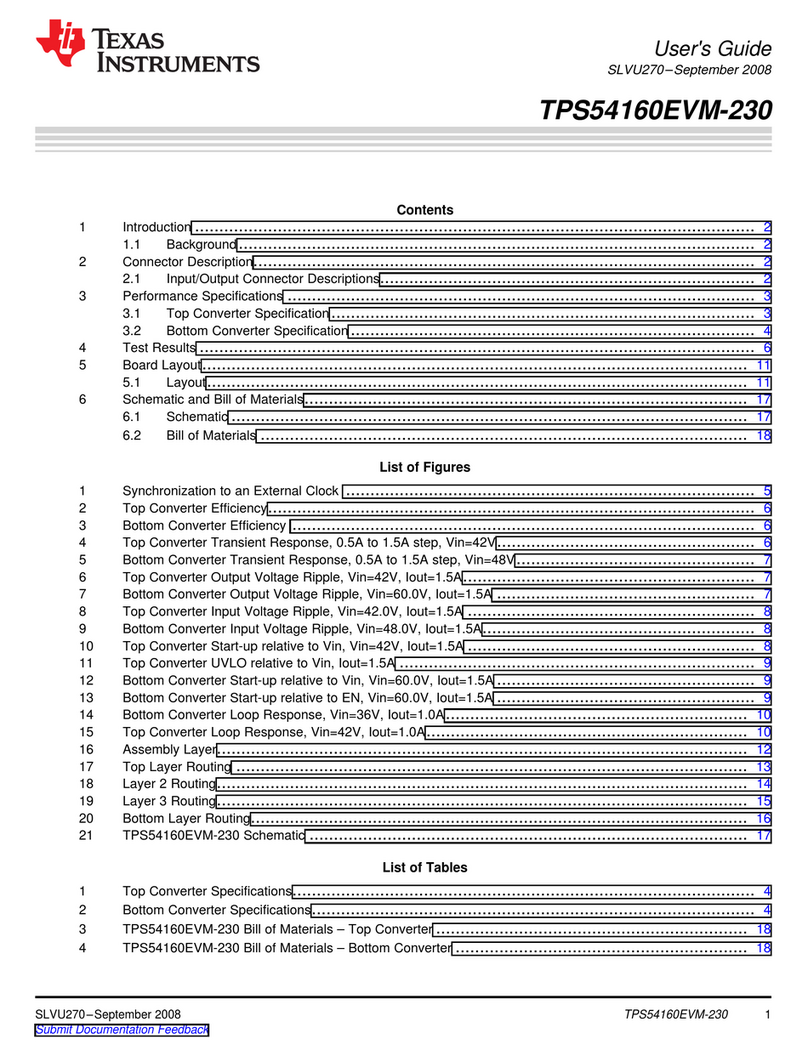
1 Introduction
2 Considerations When Testing and Using bq2403x ICs
Introduction
The bqTiny-III powers the system while independently charging the battery. This feature reduces thecharge and discharge cycles on the battery, allows for proper charge termination, and allows the systemto run with an absent or defective battery pack. This feature also allows for the system to instantaneouslyturn on from an external power source even when using a deeply discharged battery pack.
The bqTiny-III automatically selects the USB port or the ac adapter as the power source for the system. Inthe USB configuration, the host can select from the two preset input maximum rates of 100 mA and 500mA. The bqTiny-III dynamically adjusts the USB charge rate based on the system load to stay within the100-mA or 500-mA maximum rates. The AC pin can be programmed to perform like a USB input bypulling the PSEL pin low. An external resistor, RSET1, sets the magnitude of the charge current. If thecharge current exceeds the available input current, the voltage on the OUT pin drops to the DPPM
OUTthreshold or the battery voltage, which ever is higher. The charging current is reduced to what current isavailable (I
BAT
= I
IN
–I
OUT
).
The bqTiny-III charges the battery in three phases: conditioning, constant current, and constant voltage.Charge is terminated based on minimum current. A resistor-programmable charge timer provides abackup safety for charge termination. The bqTiny-III automatically re-starts the charge if the batteryvoltage falls below an internal threshold. The bqTiny-III automatically enters sleep mode when bothsupplies are removed (a drop to the battery voltage).
Consider the following noteworthy items while testing and using the bq2403x ICs.
There are three ICs (bq24030/1/2/5) to select from. The significant difference is the OUT pin voltage. Thebq24030/1 has a LDO 6-V regulator connected the OUT pin. The intent on this charger is to provide asolution for using an inexpensive unregulated adaptor to power the charger. When unloaded, a 5-VDCadapter peak charges to ~8 V, but when loaded it quickly drops closer to 5 V. Since this is a linearregulator/charger, the higher the input voltage the lower the current level has to be to not exceed thepower rating of the IC. The bq24032 has a LDO 4.4-V regulator connected to the OUT pin. The bq24035shuts down if the input exceeds ~6.4 VDC.
The three potential sources to power the system ( V
OUT
) are: AC (AC-to-DC adapter), USB port, andbattery. The IC is designed to power the system continuously. The battery, in most cases, is the last lineof backup. If the AC or USB inputs are not available (or disabled), the battery connects to the system.
In thermal regulation condition (T
J
=125°C—not a first-choice design mode of operation), the chargecurrent is reduced to the battery, and the system still gets its power from the input. The batterysupplement is still available in thermal regulation if the V
OUT
falls to V
BAT
. In thermal cutoff (~155°C), theinput sources are disconnected, but the internal battery FET connects the battery to V
OUT
.
The battery FET only opens (when needed) if a short on the V
OUT
pulls more than 4 A of current, or anycondition has V
OUT
less than 1 Vdc (considered a short-circuit condition). In the short-circuit condition aretwo types of pullups: a 500- Ωresistor from each input to V
OUT
and a 10-mA current source from thebattery to the V
OUT
. The system load has to be reduced (>200 Ω) on the output to allow V
OUT
to rise above1 Vdc. If the voltage on the DPPM pin is held below 1 V, then the short-circuit feature is disabled.Therefore, placing a small capacitor (~1000 pF) across the DPPM resistor delays the short-circuitprotection on input powerup by a few microseconds. Typically, the system does not have much of a loadbelow 1 V; so, powering up during a potential short-circuit condition usually is not a problem. V
OUT
isalways powered if there is any source voltage; so, dropping below 1 V is not a typical mode.
Another feature that protects system integrity is dynamic power path management (DPPM). The voltageon the DPPM pin (DPPM
IN
) times a scaling factor of ~1.15 is the DPPM
OUT
voltage. The DPPM
OUT
voltageis the critical voltage, determined by the designer, where battery charging current is reduced to keep thesystem voltage ( V
OUT
) from further decay. A special feature to keep in mind is that when in DPPM modethe internal oscillator timer is slowed proportionally to how much the programmed charger current isreduced. This allows the timers (safety and others) to be appropriately adjusted during operation.Therefore, when performing any test where time is measured, keep in mind this adjustment factor.
2bq2403x ( bqTiny-III™) 1.5-A Single-Chip Li-Ion SLUU207A – October 2004 – Revised January 2007and Li-Pol Charge Management IC EVM
Submit Documentation Feedback
